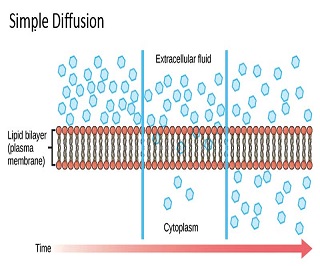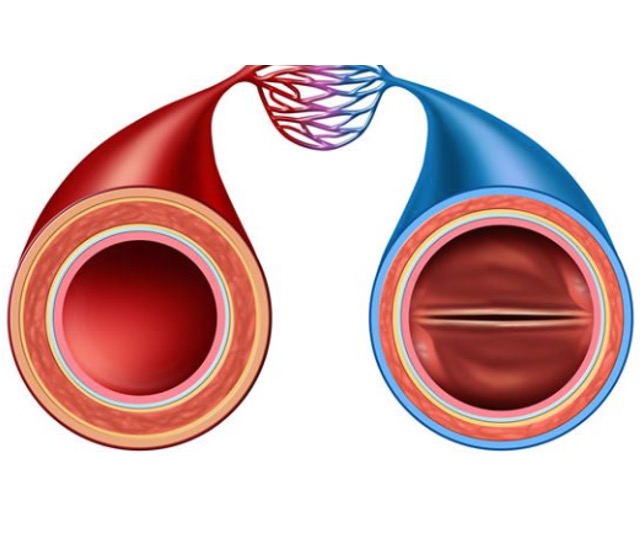Simple Diffusion- Definition, Principle, Examples, Applications
Simple Diffusion As the name implies, a solute simply diffuses when the electrochemical potentials on the opposing sides of a permeable barrier are dissimilar. This is a type of passive transport. Diffusion in biology refers to the selective permeation of a biological membrane, as opposed to the “spreading out” of molecules from a greater concentration …
Simple Diffusion- Definition, Principle, Examples, Applications Read More »









